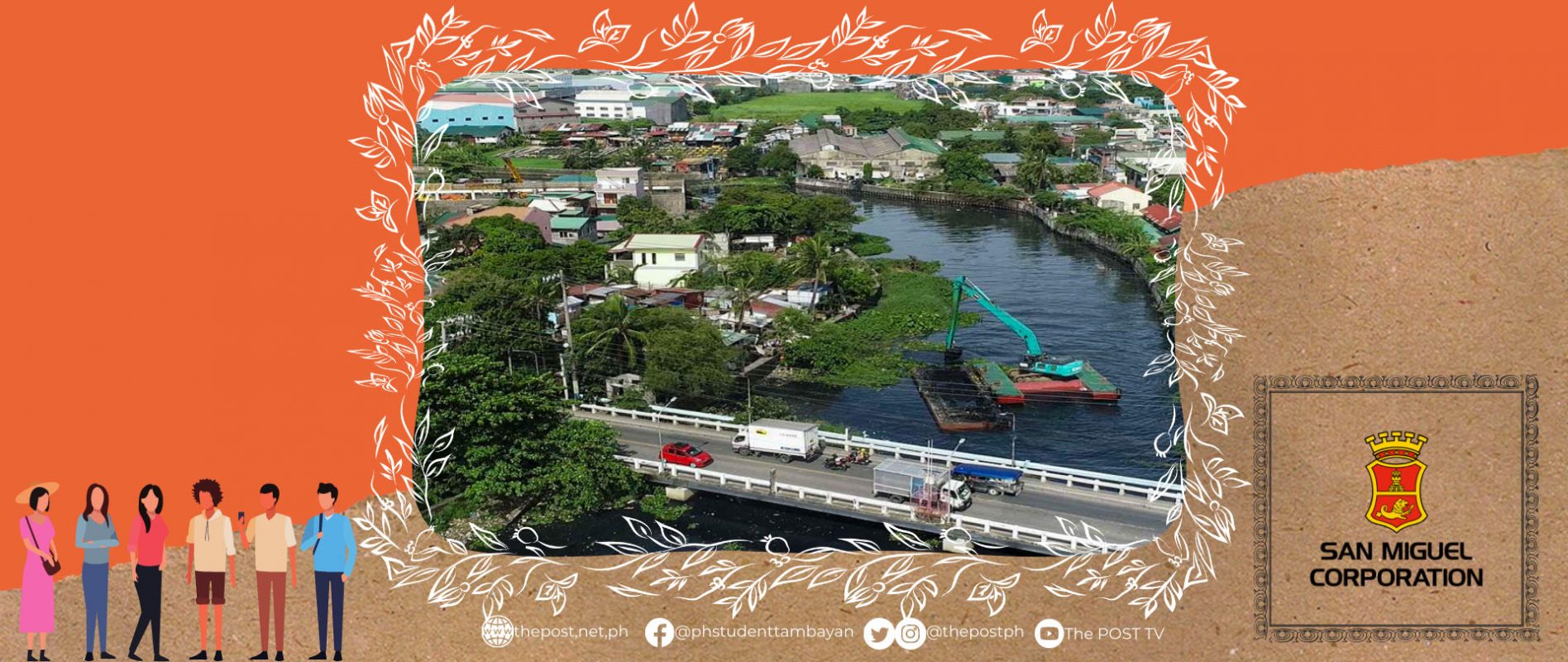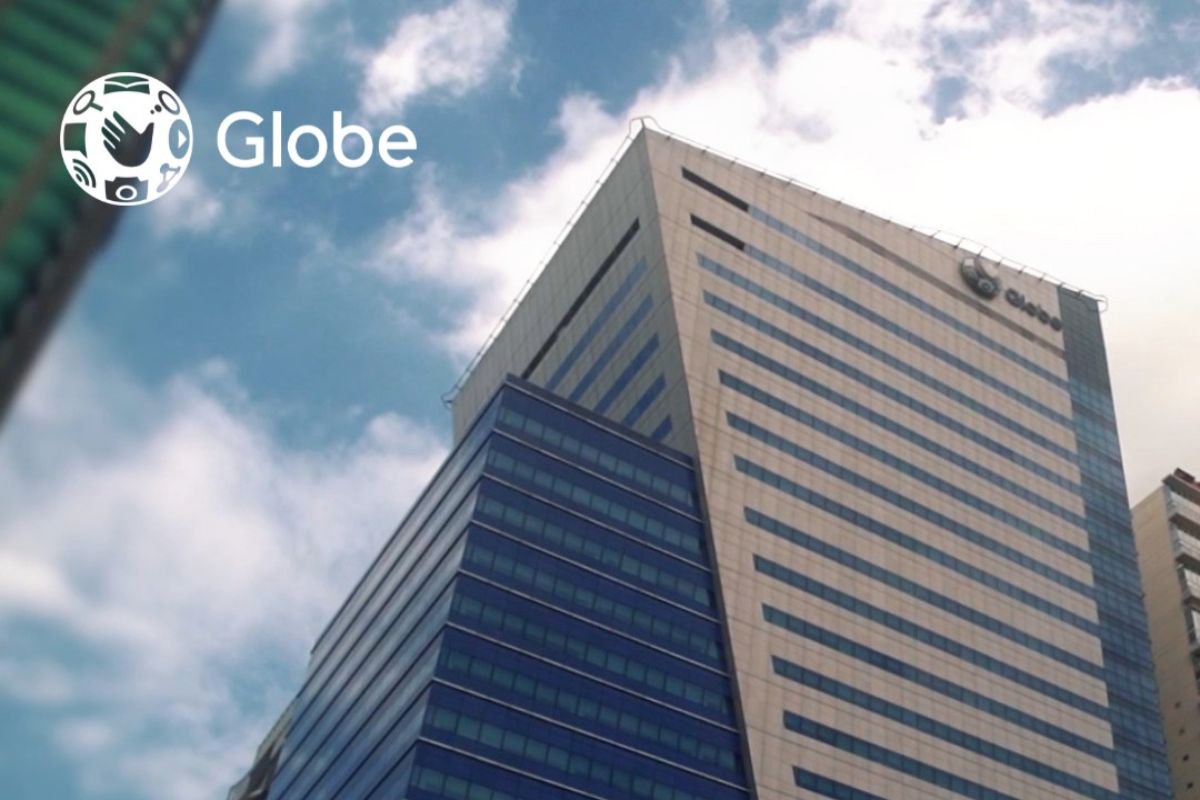SMC SETS HIGHER TARGET FOR TULLAHAN RIVER CLEANUP; PROJECT BREACHES 400K MT OF SOLID WASTES REMOVED
San Miguel Corporation (SMC)’s massive environment sustainability and flood mitigation initiative to clean up the 27-kilometer Tullahan River system, is shifting to higher gear come December, as the company is set to acquire additional new equipment to double its solid waste extraction capacity to 5,000 metric tons per day.
SMC president Ramon S. Ang said that the company’s commitment to clean up the Tullahan river system–ranked no. 4 in the list of the world’s top 10 plastic-emitting rivers responsible for global ocean plastic pollution, according to a 2021 report by research website Ourworldindata.org–is stronger than ever, as SMC has made the cleanup of major rivers, one of its foremost sustainability priorities.
“In just over a year, we’ve made significant progress with our Tullahan River cleanup project. Recently, we reached an important milestone: 414,000 metric tons of solid wastes removed from the river, as of the Sept. 11. By December 1, we’re aiming to double our extraction capacity from the current 2,300 to 2,500 MT per day, to 5,000 MT per day. We are acquiring six sets of new equipment to do this,” said SMC president Ramon S. Ang.
Ang said the company’s river cleanup teams have not let up on work to dredge the 27-kilometer tributary-a P1 billion undertaking fully funded by SMC- as anticipated typhoons are expected to bring heavy rains and, consequently, floods to many parts of Metro Manila.
“Our people continue to work diligently to do cover as much ground as they can, especially since the typhoons are setting in. We continuously fine-tune our dredging strategy and in the next couple of weeks, I think we will check and prioritize critical areas that need dredging to minimize flooding,” Ang said.
“Aside from removing silt and solid wastes, which have accumulated at the bottom of the river for years, we also have to increase depth to a maximum of five meters, particularly in areas where heavy flooding still occurs. There are still many areas that have become too shallow because of wastes dumped in the river, with only a meter or two of depth remaining,”Ang said.
The total 414,000 metric tons of solid waste removed to date, were mostly from the project’s Sectors 4 and 5 in Malabon and Valenzuela, which is part of the project’s initial 11.5-kilometer coverage from the mouth of Manila Bay in Navotas to Valenzuela. Last August, dredging operations also commenced at the Tinajeros area in Malabon
“Our target output for these sectors is over 1 million metric tons and we expect to reach 600,000 metric tons before the year ends. From this project, we also continue to gather data and gain experience which can be used for our other major river projects, including the clean-up and rehabilitation of the Pasig River and major Bulacan rivers and tributaries,” Ang said.
According to Ang, SMC is waiting for the formal go-ahead from the Department of Environment and Natural Resources (DENR) and the approval of the dredging plan by the Department of Public Works and Highways (DPWH), for its P2-billion Pasig River Cleanup project.
For the five-year Pasig River project, SMC aims to extract 50,000 metric tons of silt and solid waste per month, or a yearly output of 600,000 metric tons. Overall, its goal is to remove 3 million metric tons of solid waste from the Pasig River.
Trial dredging was conducted from July to August and more than 20,000 metric tons of dredged material were removed from the Malacanang and Pandacan areas of the river.
In the said report by research website Ourworldindata.org, Pasig River ranked first in the list of seven Philippine rivers in the world’s top 10 plastic emitting rivers that includes Tullahan River, Meycauayan River, Pampanga River, Libmanan River, Rio Grande de Mindanao, and Agno River.
For its P740 billion New Manila International Airport (NMIA) project in the town of Bulakan, the company will initiate a river channel enhancement program for the tributaries belonging to the Marilao-Meycauayan-Obando River System (MMORS) in Bulacan province.
In preparation for the Bulacan river cleanup, company volunteers and former residents of Barangay Taliptip, where the airport will be built, recently conducted cleanup activities for the town’s coastal areas.
Together with the local government of Bulakan, the company is also maintaining the 24.5-hectare Bulakan Mangrove Ecopark in Barangay Taliptip, and is in the process of developing a plan for the first 20-hectares of its planned San Miguel-Paombong Mangrove Plantation & Sanctuary in Paombong, Bulacan.
“In Bulacan province, where we committed to the people that we will address their problem with perennial flooding, we will employ a combination of approaches. These include river dredging, regular coastal cleanups, emphasis on proper waste disposal, and massive mangrove reforestation,” Ang said.
SMC’s Bulacan Bulk Water Supply project is also among its solutions to address flooding in the province. Designed to provide reliable, safe, and affordable potable water supply to all 24 Bulacan water districts, the facility also eliminates the need for residents to tap into groundwater sources for their supply of water.
Experts have identified the excessive extraction of groundwater as a contributor to land subsidence in the province, which exacerbates flooding.
With Stages 1 and 2 of BBWSP covering 13 water districts having starting commercial operations is January 2019, SMC recently formalized agreements with an additional seven towns, namely Norzagaray, Hagonoy, Pandi, Baliwag, San Rafael, San Miguel, and San Ildefonso.








